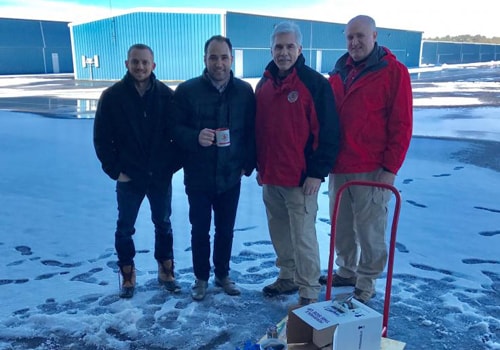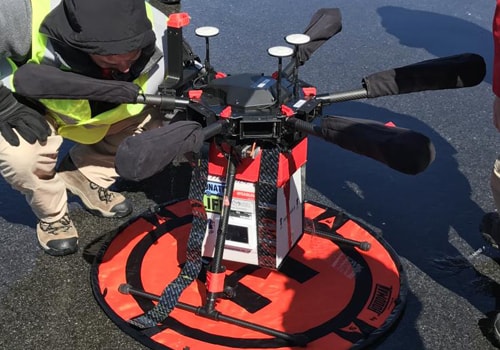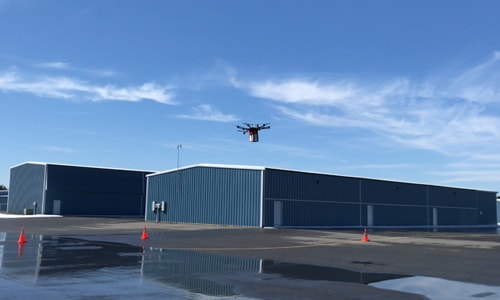Drones can transport life-saving organs
Drones could help reduce transport times, ensuring donated organs are in good condition when they reach the patient needing a transplant.
|
Dr. Joseph Scalea (second from left) and colleagues test a method of using a flying device to transport organs. Photo:Newsweek |
A team of experts led by Dr. Joseph Scalea at the University of Maryland Medical Center, USA, researched and developed a method of transporting organs using drones.NewsweekIn the US, organs for transplant are transported by plane or some other means. Using flying devices can help save time and increase efficiency.
"Three years ago I started asking myself, why do we have to wait for commercial flights to transport organs? My patients cannot receive organs because there are no suitable flights. I do not accept this. I think we need, and can do better," Scalea shared.
|
Homal's special flying device and container used to transport organs. Photo:Newsweek |
In March, the team received a kidney that was not suitable for transplant. They used it for testing. To preserve and monitor the kidney's condition, the experts created a special container called Homal. The box is equipped with wireless biosensors and a global positioning system that can provide data on the organ's temperature, pressure, and location.
The DJI M600 Pro drone made 14 test flights. It was able to carry the kidney for 62 minutes at speeds of up to 68 km/h. The kidney was still in good condition after 4.5 hours of testing. Pre- and post-flight checks showed that the internal organ had not suffered any damage during the flight.
|
Flying device carrying organs during testing. Photo:Newsweek |
“Drones have many benefits, such as the ability to autonomously transport organs from point A to B, eliminating the need for multiple vehicles, saving time from kidney extraction to transplant, and potentially improving the quality of the organ when it reaches the patient,” Scalea added.
He also said the team needs to conduct more testing in 2019 to increase the efficiency of organ transport by drone.
The US Federal Aviation Administration prohibits drones from flying higher than 400 feet or faster than 100 mph. They also cannot fly over people or federal buildings and must remain within the operator’s line of sight at all times. These regulations make it nearly impossible for drones to reach hospitals in major cities.
However, if these problems can be solved, the benefits of the new method are huge. About 20% of donated kidneys in the US are discarded because they are not delivered to the patient in time. This is equivalent to 2,700 wasted organs each year.
Scalea hopes that, once the technical and legal hurdles are overcome, air transport will save time and reduce waste of donated organs.











